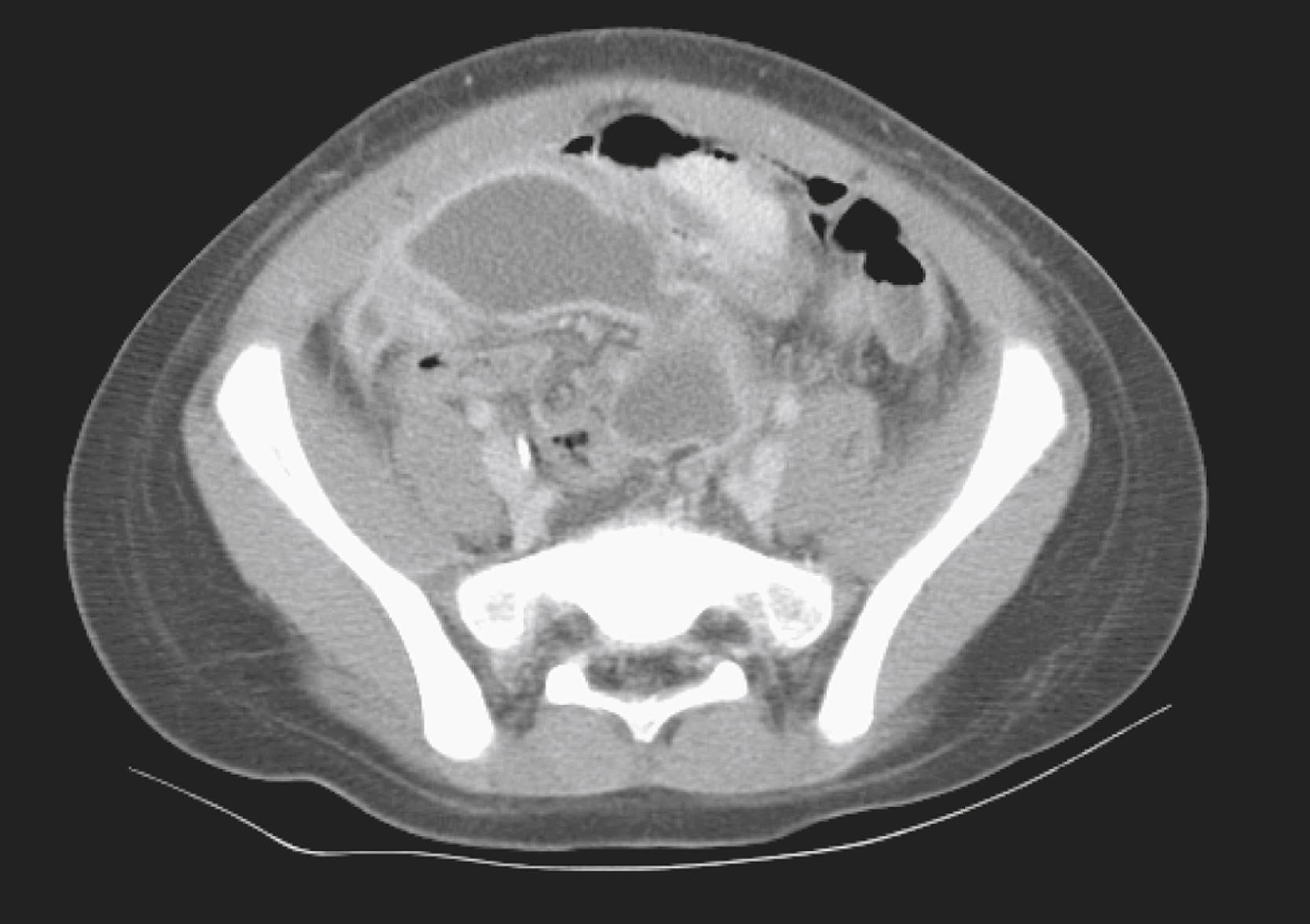Physical Address
304 North Cardinal St.
Dorchester Center, MA 02124
The authors acknowledge substantial use of material from this chapter in the previous edition.
Abdominal abscesses in children can be difficult to diagnose and treat. Even when managed appropriately, morbidity still can be high. Abdominal abscesses are categorized as intra-abdominal (i.e., intraperitoneal), visceral, and retroperitoneal. Intra-abdominal abscesses are the most common type.
Abscesses form when bacteria from an original site of colonization or infection are disseminated hematogenously, pass through regional lymphatics, or spread by direct extension from a local infection or ruptured viscus. Intra-abdominal abscesses frequently contain mixed enteric flora, including anaerobic bacteria. A single organism etiology is more common in visceral and retroperitoneal abscesses. The species of bacteria isolated can indicate the origin of the infection. Visceral organ abscesses can be caused by enteric organisms, gram-positive bacteria from a systemic infection, or fungi in immunocompromised hosts. Retroperitoneal abscesses contain organisms specific to the site of the primary infection.
The tenets of management of an abdominal abscess include drainage, appropriate antibiotic therapy, and correction, if possible, of any underlying pathology that can lead to a recurrence. Drainage can be accomplished in a variety of ways, including open surgical exploration, laparoscopic surgical exploration, and percutaneous, image-guided drainage; less-invasive approaches are becoming increasingly common. Empiric antibiotic therapy, considering likely pathogens by site ( Table 66.1 ), should be initiated immediately upon diagnosis and adjusted on the basis of direct Gram stain, culture, and susceptibility test results, if available. Care is optimized with coordinated management by the surgical, interventional radiology; infectious diseases specialists; and the child’s primary care physician.
| Intra-abdominal | Visceral (Liver, Spleen, Pancreas) | Retroperitoneal (Iliopsoas, Other) |
|---|---|---|
| Escherichia coli Klebsiella spp. Enterococcus spp. Bacteroides spp. Peptostreptococcus spp. Clostridium spp. Fusobacterium spp. Staphylococcus aureusPseudomonas spp. |
Staphylococcus aureus Escherichia coliKlebsiella spp. Enterobacter spp. Pseudomonas spp. Enterococcus faecalis Streptococcus spp. Salmonella spp. Bartonella henselae Candida spp. |
Staphylococcus aureusStreptococcus spp. Escherichia coliKlebsiella spp. Bacteroides spp. Peptostreptococcus spp. Prevotella spp. Clostridium spp. |
Complicated appendicitis is the most common cause of intra-abdominal abscesses in children. Patients can develop an abscess after perforation of the appendix, or the abscess can develop after an appendectomy. Intra-abdominal abscesses also can originate from the gastrointestinal tract, especially in patients with inflammatory bowel disease or in those who are immunocompromised. Any surgical procedure involving the gastrointestinal tract can result in a postoperative abscess. These abscesses can result either from contamination of the peritoneum at the time of surgery or as a result of a postoperative anastomotic leak. A perforated viscus associated with necrotizing enterocolitis, peptic ulcer, Meckel diverticulum, and trauma also can result in intra-abdominal abscesses. The location of an abscess within the abdominal cavity may suggest an underlying condition or certain pathogens. For example, intra-abdominal abscesses near the terminal ileum suggest the possibility of inflammatory bowel disease. The bacteria most frequently isolated in abscesses after bowel disease or surgery include Escherichia coli, Bacteroides species, and Enterococcus species, but any enteric organism can be present. In one study evaluating the microbiology of intra-abdominal abscesses in children, 8% of cultures yielded only facultative bacteria, 17% only anaerobic bacteria, and 75% mixed flora. ,
Although uncommon, the incidence of biliary tract disease among children is increasing. Children with hemolytic disorders such as sickle cell disease and hereditary spherocytosis are at increased risk for cholelithiasis and biliary tract disease. Although most cases of cholelithiasis in children are managed electively, some patients have complicated disease and associated cholecystitis. These patients are at risk for postoperative abscess formation, which should be suspected if there is persistent fever and right upper quadrant pain after cholecystectomy. If there is a bile duct injury, a bile leak can occur postoperatively; the resulting collection of bile can become infected and require drainage. A retained gallstone in the peritoneal cavity after cholecystectomy can be another source of intra-abdominal abscess.
In addition to fever, symptoms may result from compression of the abscess on adjacent structures, such as early satiety for abscesses near the stomach, urinary frequency or urgency for those near the bladder, or diarrhea or tenesmus for abscesses near the colon or rectum. Anorexia and weight loss also may be present. In patients who have undergone cholecystectomy, persistent fever and right upper quadrant pain should prompt suspicion for postoperative abscess.
When an intra-abdominal abscess is suspected, imaging is indicated. Early post-operative imaging may be difficult to interpret because of post-surgical fluid collections, which may lead to unnecessary interventions. Persistence of fever and abdominal pain for 5–7 days after abdominal surgery should prompt evaluation for an abscess. , Although plain radiographs of the abdomen can show indirect evidence of abscess such as a pleural or peritoneal effusion or ileus, the diagnosis is confirmed by more advanced imaging. Ultrasonography (US) can identify the location and size of an abscess in most cases and avoids exposure to ionizing radiation. CT, with contrast if possible, should be used when the US is nondiagnostic ( Fig. 66.1 ). These studies also provide guidance for aspiration and placement of drainage catheters.

MRI, although more costly, is emerging as a favored imaging modality for appendicitis due to its comparable sensitivity and specificity to CT without exposure to contrast and radiation. Some centers have adopted quick non-contrast MRI protocols using limited, fluid-sensitive sequences to evaluate post-appendicitis abscess with promising results. , In one study comparing 16 patients with suspected post-appendicitis abscess who underwent quick MRI with 16 historical controls who underwent CT scan for the same indication, there were no significant differences in ability to diagnose abscess, type of drainage procedure, or outcomes, including length of hospitalization or readmission.
Become a Clinical Tree membership for Full access and enjoy Unlimited articles
If you are a member. Log in here